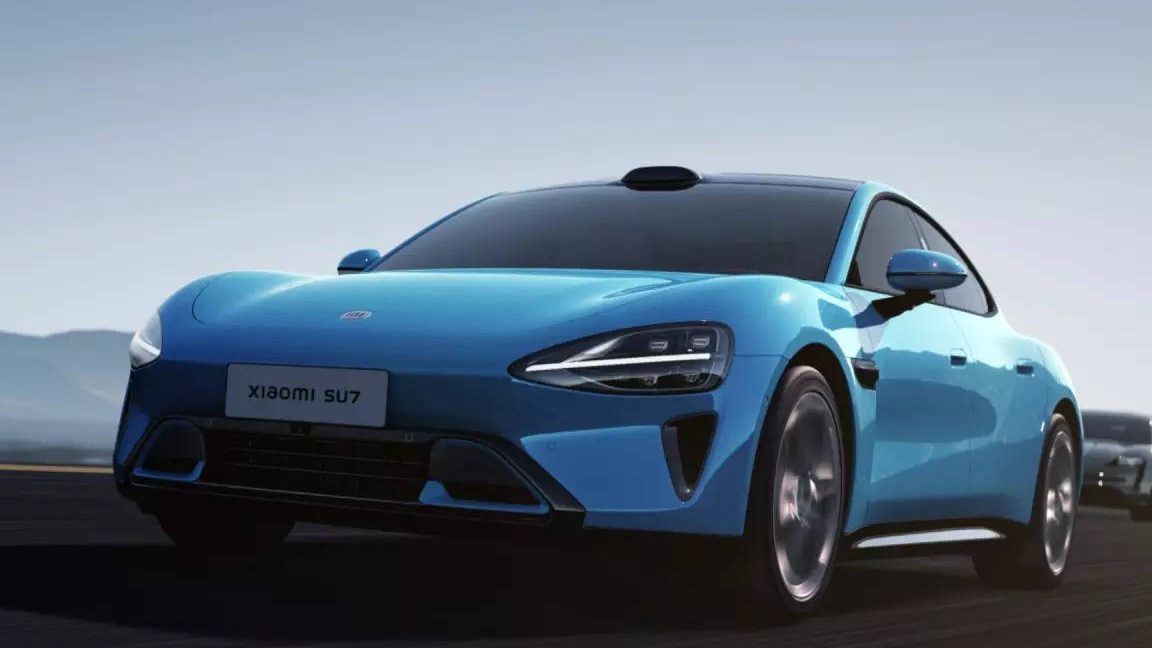As new car prices continue to climb, many consumers are feeling the pinch. The automotive industry has seen significant price increases due to various factors, including supply chain disruptions and rising production costs. However, there is hope on the horizon. This article explores the reasons behind the high prices, the potential relief measures, and what consumers can do to navigate the current market.
Understanding the Surge in Car Prices
Factors Driving Up Prices
Several key factors have contributed to the steep rise in new car prices:
- Supply Chain Disruptions: The COVID-19 pandemic caused major disruptions in global supply chains, affecting the availability of essential components like semiconductors. These shortages have led to increased production costs and, consequently, higher prices.
- Increased Production Costs: Raw materials such as steel and aluminum have seen price increases, which have been passed on to consumers. Additionally, inflationary pressures have affected various aspects of vehicle manufacturing.
- High Demand and Low Supply: With fewer new cars available, demand has outstripped supply. This imbalance has further driven up prices as buyers are willing to pay more for the limited inventory.
Impact on Consumers
The rising prices have made it challenging for many buyers to afford new vehicles:
- Higher Monthly Payments: Increased vehicle prices lead to higher monthly payments for those financing their purchases, placing a strain on household budgets.
- Reduced Choice: Some buyers may need to settle for less expensive models or used vehicles due to the prohibitive cost of new cars.
Relief Measures on the Horizon
Manufacturer Incentives and Promotions
Automakers are aware of the financial strain on consumers and are starting to offer various incentives and promotions to alleviate some of the burden:
- Cash Rebates: Many manufacturers are providing cash rebates or discounts on certain models to attract buyers and stimulate sales.
- 0% Financing Offers: Some automakers are offering 0% financing or low-interest rates to make purchasing more affordable and reduce the impact of high vehicle prices.
Government and Policy Interventions
Governments are also stepping in to provide relief and support the automotive market:
- Tax Credits and Subsidies: In some regions, tax credits or subsidies are available for electric and hybrid vehicles, making these options more financially attractive. These incentives can offset the higher initial cost of such vehicles.
- Trade-In Programs: Certain programs offer additional incentives for trading in older vehicles, which can reduce the overall cost of purchasing a new car.
Used Car Market Dynamics
For those unable to afford new vehicles, the used car market offers a viable alternative:
- Increased Inventory: As new car prices remain high, more consumers are turning to used cars, leading to increased inventory in the used car market. This shift can provide more options and potentially lower prices for buyers.
- Certified Pre-Owned Programs: Many dealerships offer certified pre-owned vehicles, which come with warranties and have undergone rigorous inspections, offering a balance of affordability and reliability.
Tips for Navigating the Current Market
Research and Comparison
Thorough research and comparison can help buyers make informed decisions:
- Price Comparisons: Use online tools and resources to compare prices across different dealerships and models. This can help identify the best deals and promotions available.
- Vehicle Reviews: Read reviews and ratings for various models to ensure that you are getting the best value for your money. Look for vehicles with high reliability and low maintenance costs.
Negotiate Smartly
Effective negotiation can make a significant difference in the final purchase price:
- Leverage Incentives: Be aware of any manufacturer incentives or promotions that may be available. Use these to negotiate a better deal.
- Trade-In Value: If you have an existing vehicle to trade in, research its value beforehand. Knowing your trade-in’s worth can help you negotiate a more favorable price for your new car.
Consider Alternative Financing Options
Exploring various financing options can also provide relief:
- Credit Unions and Banks: Check with credit unions or banks for competitive loan rates. They may offer better terms than dealership financing.
- Lease Options: Leasing a vehicle can be a more affordable alternative to purchasing, with lower monthly payments and the option to switch vehicles more frequently.
Future Outlook for Car Prices
Market Trends and Predictions
Looking ahead, several trends may influence car prices:
- Supply Chain Recovery: As supply chains stabilize and production ramps up, prices may gradually decrease. However, this process could take time as manufacturers work to address ongoing issues.
- Technological Advancements: The development of new technologies and materials could lead to more cost-effective production methods, potentially impacting vehicle prices in the future.
Consumer Adaptation
Consumers may need to adapt to the changing market conditions:
- Embracing New Technologies: As electric and hybrid vehicles become more mainstream, they may offer more affordable options in the long term.
- Adjusting Expectations: Buyers may need to adjust their expectations regarding vehicle features and pricing, focusing on value rather than luxury.
The surge in new car prices has undoubtedly placed a strain on consumers, but relief measures are emerging. Manufacturer incentives, government interventions, and alternative financing options provide hope for those struggling with high costs. By conducting thorough research, negotiating effectively, and exploring various market opportunities, buyers can navigate the current landscape and find solutions that meet their needs. As the market evolves, staying informed about trends and adapting to new conditions will be key to making the most of available opportunities and achieving the best value in car purchases.

